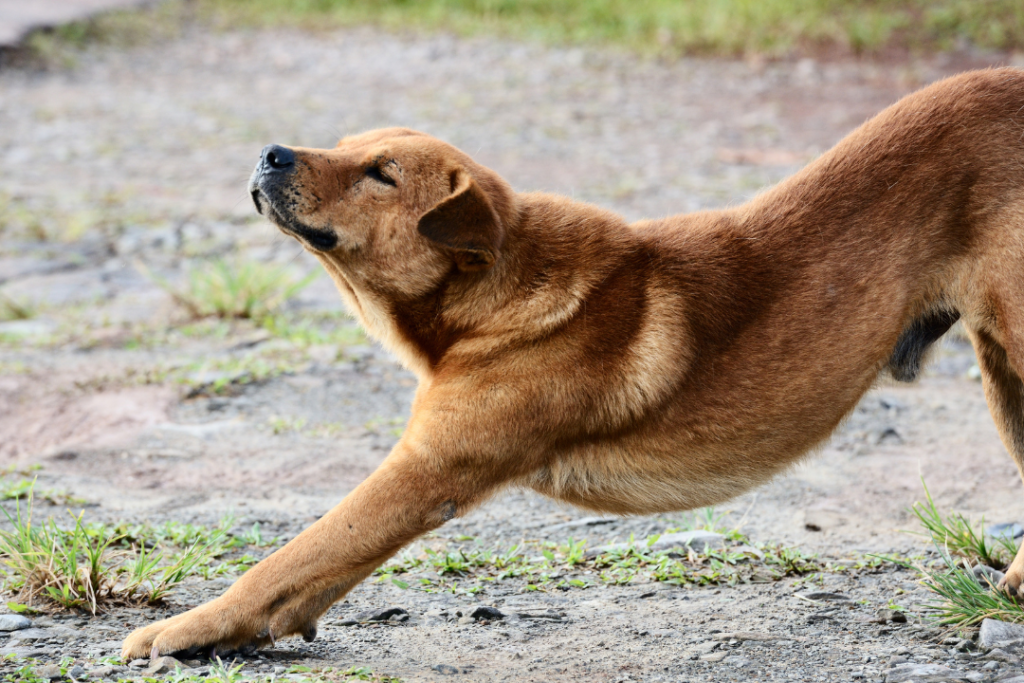How to Train a Stray Dog
If you’ve ever locked eyes with a stray dog, you’ll know the feeling. The silent appeal in their gaze, the heart-melting mix of fear and hope. Here at CRT K9, we’re all about transforming those tails from tales of survival to stories of love, trust, and training. Let’s embark on this journey together.

Understanding Stray Dogs
Life on the streets isn’t easy for a dog. Think of the urban jungle as the wild west for canines – survival of the fittest. Strays learn to adapt. They forage, they hide, they fight, and, most importantly, they survive. These survival instincts come from a place of need, not malice, and it’s crucial to remember this as we train them.
Yet, strays are dogs at heart, just like any purebred poodle or mixed-breed mutt. They desire the same affection, require the same basic training, and respond to similar stimuli. They’re rough diamonds – a little more work to polish, but oh so rewarding when they shine!
Preparing for Training
Before you go buying a bunch of chew toys and setting up obstacle courses in your living room, remember: patience is key. Our furry friends have endured tough times. They’re wary, and trust comes with time.
So, first things first, take your new pal to a vet. Let’s make sure we’ve got a clean bill of health before we embark on our training journey. Vaccinations, deworming, check-ups – the works. It’s the perfect primer for your canine companion.
At home, create a safe haven. A comfortable bed, a few toys, and some good food – all are initial stepping stones to earning a stray dog’s trust.

Basic Training
Alright, now we’re in the thick of it! Ready to teach your dog the canine equivalent of the ABCs?
Obedience training begins with three core commands: sit, stay, and come. Start with ‘sit’. Lure them into the position with a treat held above their head, and use the command. Repeat till the dog associates the action with the word.
Remember to reward your dog every single time they perform a task correctly. Positive reinforcement is like their paycheck – a fair wage for a job well done!
Next up is house training. Strays may not have the faintest idea about your human rules, like not tearing up your favorite slippers. Start with toilet training. Establish a routine and stick to it. For chew training, replace whatever they shouldn’t be chewing with a chew toy, and give them a treat when they get it right.
Finally, let’s talk about socialization. Interaction with humans and other animals can be a tough nut to crack for strays. Take it slow. Start with quiet, calm environments and gradually increase the ‘chaos level’.
Advanced Training
Now that your dog has a handle on the basics, it’s time to graduate to the big leagues: advanced training.
Strays often come with a baggage of behavioral issues. Aggression, anxiety, and excessive fear are common. Don’t panic; it’s all a part of the process. Consult a professional if necessary and remember – patience and consistency are your best friends.
Skills training involves teaching commands like leash walking and fetching. Make each training session fun and interactive, and your dog will be excited to learn more.
Don’t forget to maintain and reinforce the training regularly. Consistency is key to ensuring that the learned behaviors stick.
Post-Training: Building a Loving Relationship
Training isn’t the be-all and end-all of your relationship with your dog. It’s merely a chapter in the beautiful bond you’re going to share. And like every great story, it’s the emotional connect that really matters.
Strengthen the bond through shared experiences. A walk in the park, a game of fetch, or simply snuggling on the couch – these moments matter. Remember to reward your dog – not just for good behavior, but for just being them. A good ol’ belly rub goes a long way!
But remember, dogs are not one-and-done learners. They’re curious creatures who love to explore and learn new things. So, continue the learning journey, adding new skills, activities, and experiences to keep them engaged.
Training a stray dog can be challenging due to their past experiences. They often have trust issues and may exhibit fear or aggression. However, with patience, consistency, and positive reinforcement, these hurdles can be overcome.
Training a stray dog is similar to training a pet dog in many ways. The primary difference lies in the initial stages where strays might need more time and effort to build trust.
If a stray dog shows aggression, it’s crucial to ensure your safety first. Avoid direct eye contact, move slowly, and give the dog space. Consult a professional dog trainer or a behaviorist to address aggression.
Creating a safe and comfortable space for the dog is key. Provide a comfortable bed, nutritious food, toys, and lots of love. Spend quality time with the dog and introduce new things and people gradually.
The duration of training can vary widely depending on the dog’s past experiences, their age, and their individual personality. It’s a gradual process, and patience is key. Remember, it’s not a race, it’s a journey!
Conclusion
So there you have it. The CRT K9 way of training a stray dog – it’s a blend of science, art, and a whole lot of love. Remember, these strays aren’t any less loving or trainable than their purebred counterparts. It takes patience, love, and consistency, but the bond you forge makes it all worthwhile.
And hey, there are thousands of strays out there waiting for their fairy tale endings. Who knows? Maybe you’ll be the hero of their tale.
